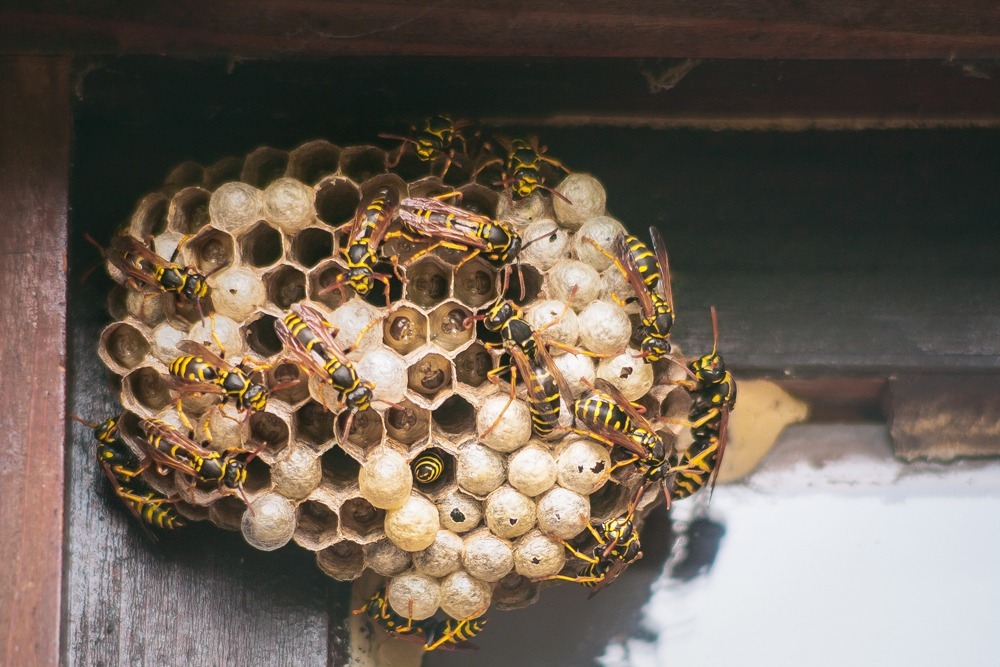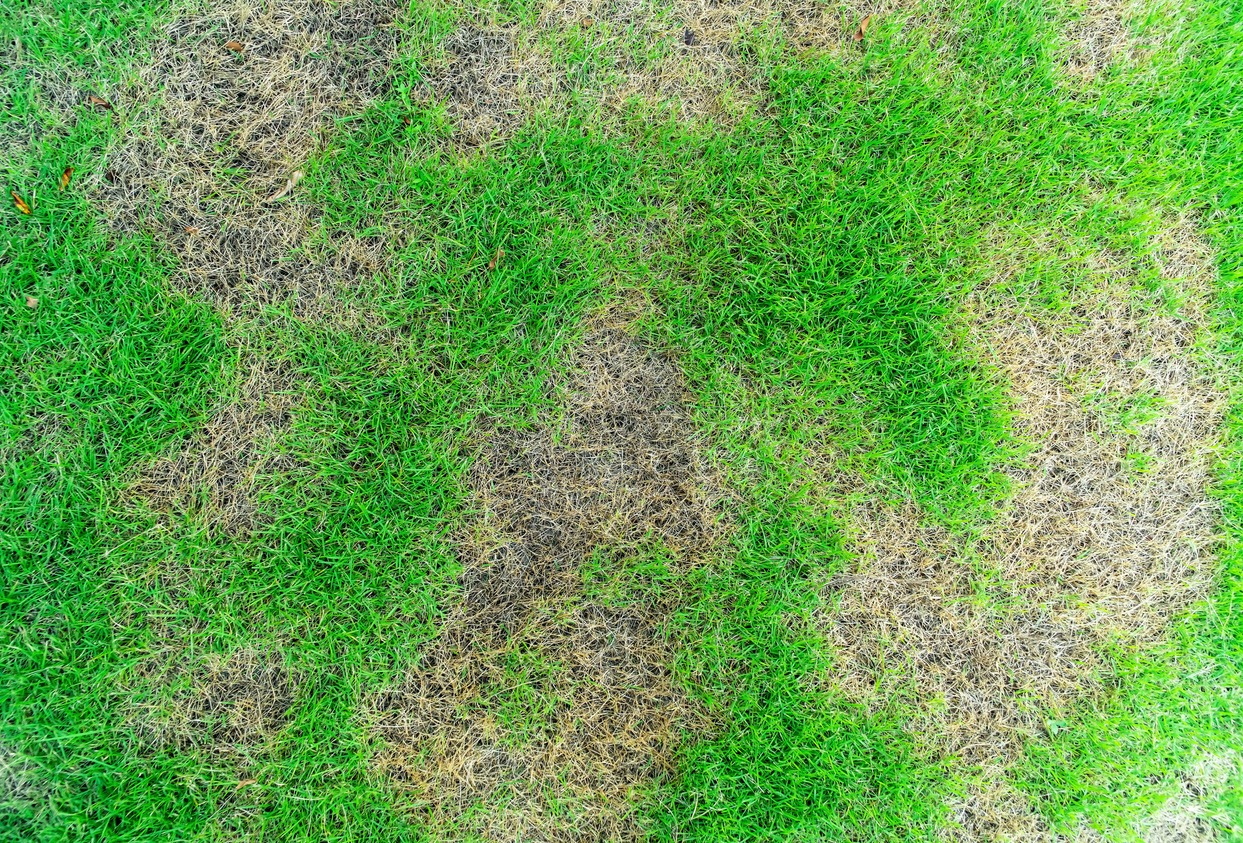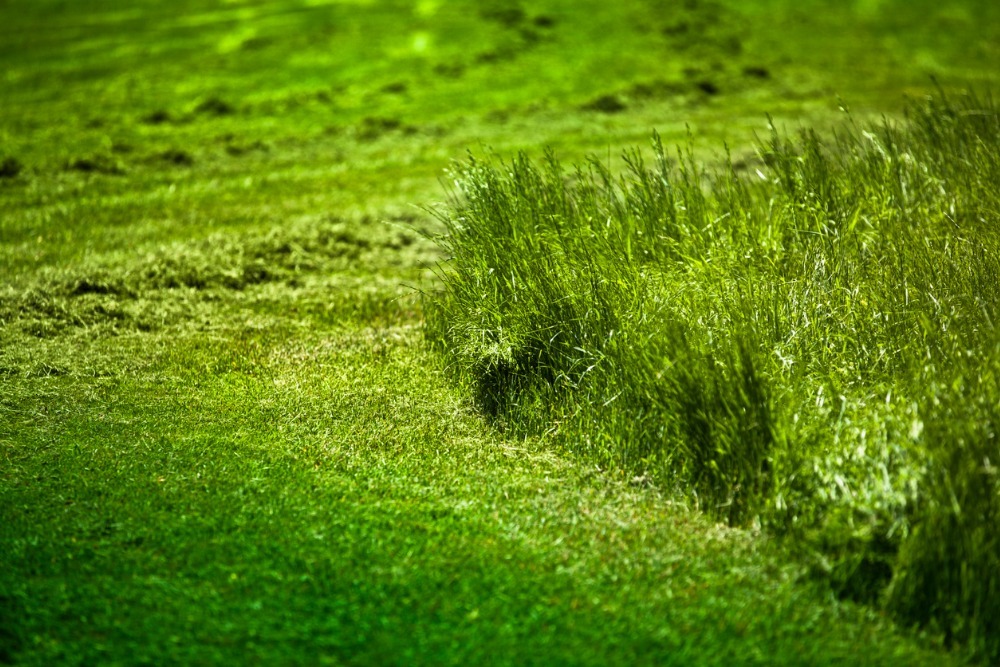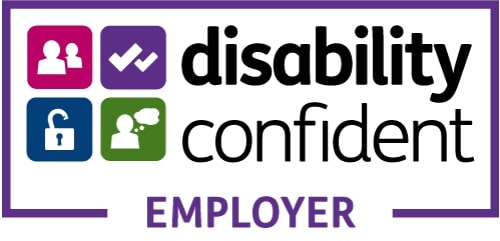
If you suspect wasps are nesting in your home, whether indoors or outdoors, these are best managed by your local Council’s pest control team who will be able to remove them safely and effectively.
Signs of wasps in your home
Wasps can build nests in various places including attic spaces, fascias and air bricks, as well as garages, garden sheds and outbuildings. Generally, wasps enter homes under eaves and through gaps in tiles and brickwork.
A new nest is formed in spring time and are usually a pale beige/grey colour. Wasp nests can be up to 120cm wide, although smaller nests can be found in more restricted places.
What to do if you suspect wasps nesting in your home
You should not attempt to treat a wasp nest if you are sensitive to stings.
If you suspect that you have wasps nesting in your home, you will need to contact your local council who can remove the nest for a small charge. Contact details for local District Councils are as follows:
Wiltshire Council pest control
Bath and North East Somerset pest control
We are aware that Somerset Council does not offer a pest control service. If you live within this area you will need to find a local contractor.
Preventing wasps from coming into your home
Wasps and other insects are likely to enter any home at some point. However, the following steps will help to reduce the risk of this becoming a continual issue.
Check for nests
Check your home and garden in early spring for nests. At this very early stage, wasp nests will be around the size of a walnut or golf ball. The smaller the nest, the easier it is to treat quickly. Inspect areas such as garages, attics and outbuildings regularly for signs of nests.
Secure bins
Ensure bins outside have tightly fitting lids and are kept at a distance from doors and windows where possible.
Eliminate entry points
If you are a Selwood Housing tenant and are concerned that there is a crack or hole in your wall large enough for wasps to travel through, please contact us by completing our appointment form or by calling us on 01225 715 715.







